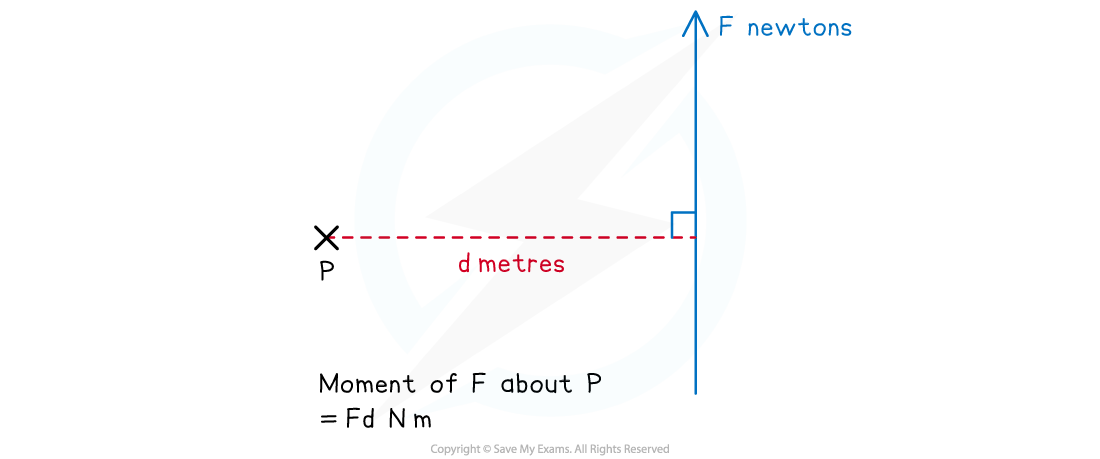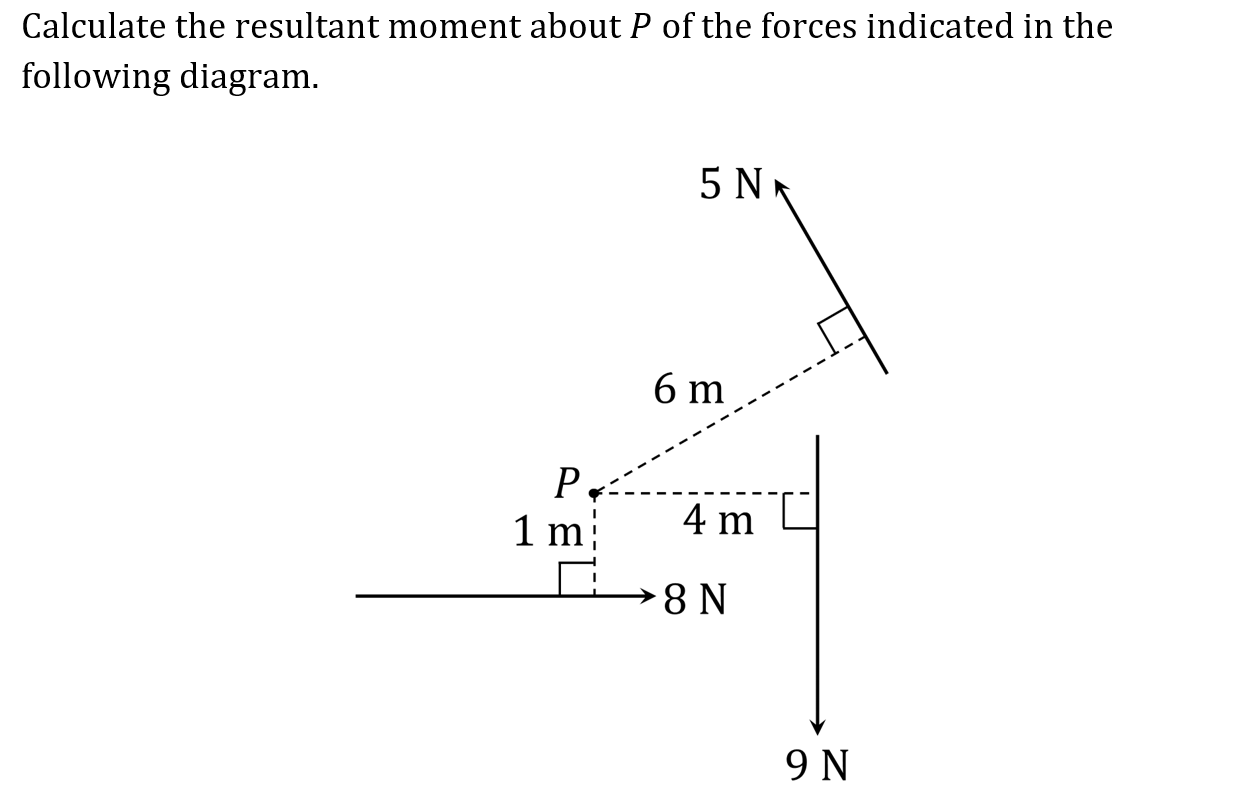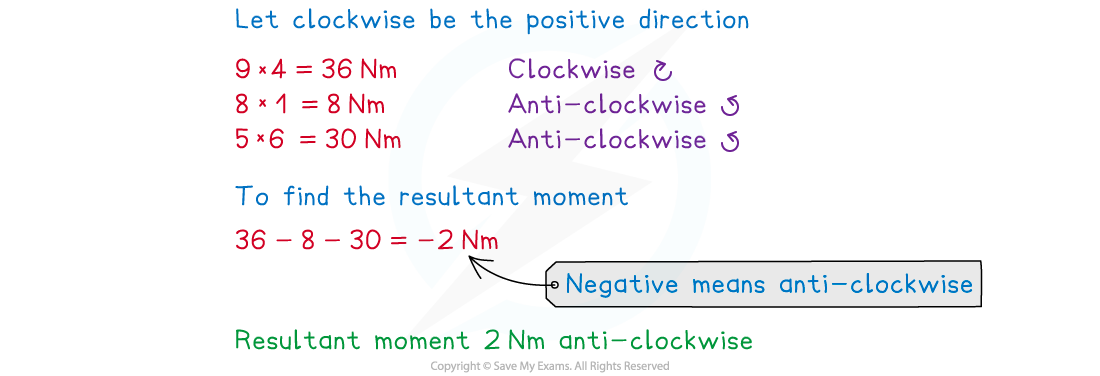- 翰林提供学术活动、国际课程、科研项目一站式留学背景提升服务!
- 400 888 0080
AQA A Level Maths: Mechanics复习笔记4.1.1 Moments Diagrams
Moments Diagrams
When an object is modelled as a particle we do not need to consider the rotation of the object due to forces. When we model an object as a rigid body then we need to consider the rotation of the object.
What is a moment?
- The moment of a force is the measure of its ability to cause a body to rotate about a specific point (usually called the pivot)
- The units for moments are newton metres (N m)
- A force can cause a body to rotate clockwise or anti-clockwise
- The moment of a force about a point is calculated by multiplying the magnitude of the force by the perpendicular distance from the line of action of the force to the point
- We can choose the positive direction to be clockwise or anti-clockwise and the negative direction is the opposite
- A zero moment will not cause a body to rotate
- The moment of a force about a point is zero if the line of action of the force goes through the point

How do you decide if a moment is clockwise or anti-clockwise?
- A clockwise moment will cause a body to rotate in the clockwise direction
- To visualise this:
- Imagine that the perpendicular line from the point to the force is the radius of a circle
- The direction of the force tells you which way the circle goes round

What is the resultant moment?
- The resultant moment is the sum of all the moments acting on a body (both positive and negative)
- To find the resultant moment:
- Define the positive direction (clockwise or anti-clockwise)
- Add together all the moments in that direction
- Subtract all the moments in the opposite direction
- The overall value is the resultant moment
- The sign of the resultant moment indicates which direction the body will rotate
Worked Example


Exam Tip
- Always define a positive direction as either clockwise or anti-clockwise.
- It is best to state the magnitude of a moment and write its direction when giving a final answer.
转载自savemyexams

早鸟钜惠!翰林2025暑期班课上线

最新发布
© 2025. All Rights Reserved. 沪ICP备2023009024号-1








